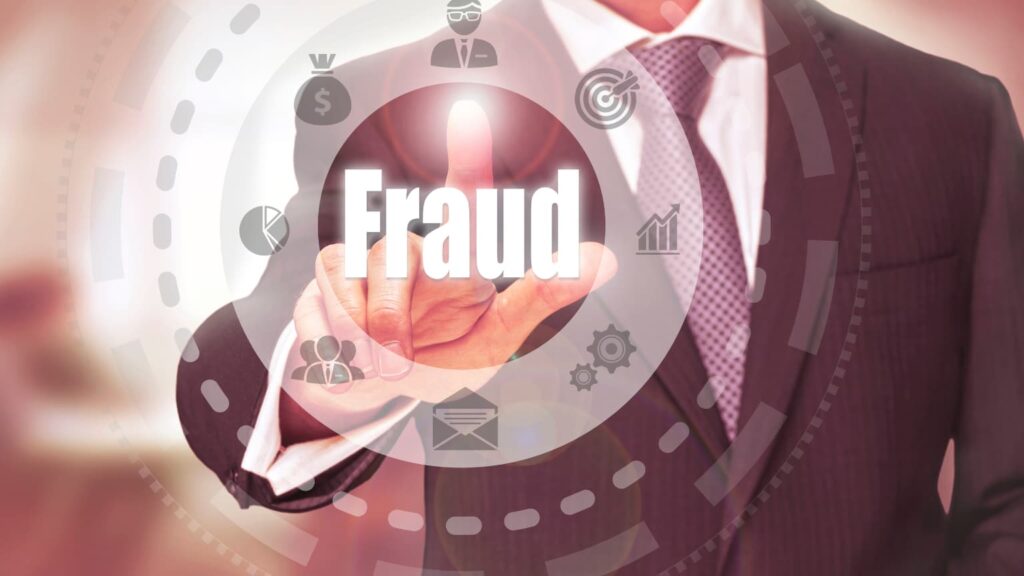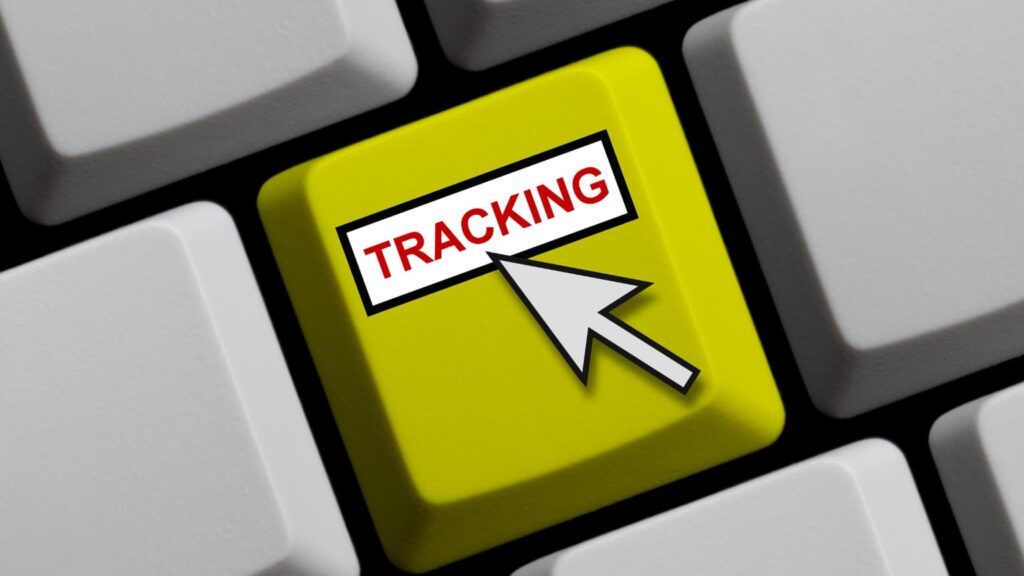For years, accurate and transparent food traceability seemed like an unachievable goal. However, the integration of blockchain in food supply chains not only made food traceability feasible but pragmatic as well.
Make no mistake, tracing ingredients with blockchain is beneficial to suppliers and distributors and can benefit all participants in the food supply chain — especially restaurants.
What Is Food Traceability Exactly?
The term “food traceability” refers to a restaurant or other entity’s ability to track the movement of ingredients or products through the supply chain. If a product has a high level of food traceability, then you could determine where it was grown, processed, shipped to, and distributed.
Modern food traceability solutions like blockchain provide optimal transparency about a food’s origins so that restaurants and other businesses can have more say over where they source their ingredients.

Food traceability has been a major pain point for the industry for decades. Frequently, comprehensive records documenting a shipment’s journey from the farm to the consumer simply don’t exist. Even if they do exist, there is no guarantee that they accurately reflect the food’s point of origin or under what conditions the food was stored.
Blockchain eliminates both of these traceability challenges by allowing members of the supply chain to create incorruptible records of food transactions.
Tracing food products with blockchain is far more efficient than creating physical logs. Tracking can be easily shared with members of the supply chain without compromising the accuracy of the records.
Benefits of Food Traceability for Restaurants
In the coming years, food traceability will become commonplace among national food chains and locally owned restaurants. Restaurateurs face unprecedented challenges, including an ongoing labor shortage, rising food costs, and shifting consumer expectations.
Although blockchain alone will not solve all these challenges, this technology promotes restaurant sustainability and business continuity. Specifically, blockchain allows restaurant owners to:
Protect Against Food Fraud

Globally, unscrupulous individuals generate about $50 billion in annual revenue by engaging in food fraud. Food fraud occurs when fraudsters sell products that do not actually contain the ingredients documented on their labels. They do this so that they can sell products at market price while reducing back-end production costs.
When restaurants fall victim to food fraud, they can end up with products that either reduce the quality of their menu items or are unsafe to use altogether. This occurrence can damage profitability and force restaurant owners to order replacement ingredients.
Blockchain guards against food fraud by providing detailed records of ingredients’ pathways to the restaurant. These records make it much more difficult for fraudsters to swap out legitimate ingredients for cheaper, lower-quality alternatives.
Promote Food Sustainability

Food sustainability is a topic that has shifted into the mainstream as of late. Consumers, suppliers, government officials, and seemingly everyone else find themselves concerned with improving food sustainability.
These concerns are warranted as the planet’s population continues to rise, which places even more demand on the global food supply chain.
Consumers expect restaurants to do their part when it comes to supporting food sustainability. Blockchain allows restaurants to act in a manner consistent with consumer expectations by providing business owners with sourcing data on their ingredients.
Using this tech, each restaurant can carefully screen its suppliers to ensure that they are sourcing ingredients from sustainable farming operations.
Preserve Food Safety

Restaurants have a moral responsibility to serve safe, quality food items to their patrons. Blockchain helps them fulfill this responsibility by improving food safety.
Restaurants, suppliers, and distributors can carefully track food products and ingredients as they go from the source to the end consumers. They can find information about where the food came from and how it was stored along its journey to the plate.
This insight reduces the likelihood that the restaurant will inadvertently serve tainted or spoiled food to customers.
Provide Better Profitability

Restaurant owners can also use blockchain technology and food traceability systems to improve profitability. They can gather valuable data about suppliers and shop around for the best rates. This flexibility will lead to significant cost savings, which will translate into better profit margins.
Blockchain can further improve profitability by reducing food waste. Restaurants can source fresher ingredients and reduce the chances that the food will spoil within the first few days of receiving the shipment. Food waste reduction can lead to cost savings while simultaneously contributing to food sustainability.
Bolster Restaurant Sustainability with Blockchain

To reap the benefits of traceability and contribute to food sustainability, blockchain offers the ideal solution. By integrating blockchain in food supply chains, you can gain valuable insights into where your restaurant’s ingredients originate and the journey they take to your business.
To begin, explore Farm to Plate’s blockchain food traceability solutions. Alternatively, you can contact our team directly and receive personalized support.
Pramod Sajja, CEO & President at Paramount Software Solutions (farmtoplate.io).
